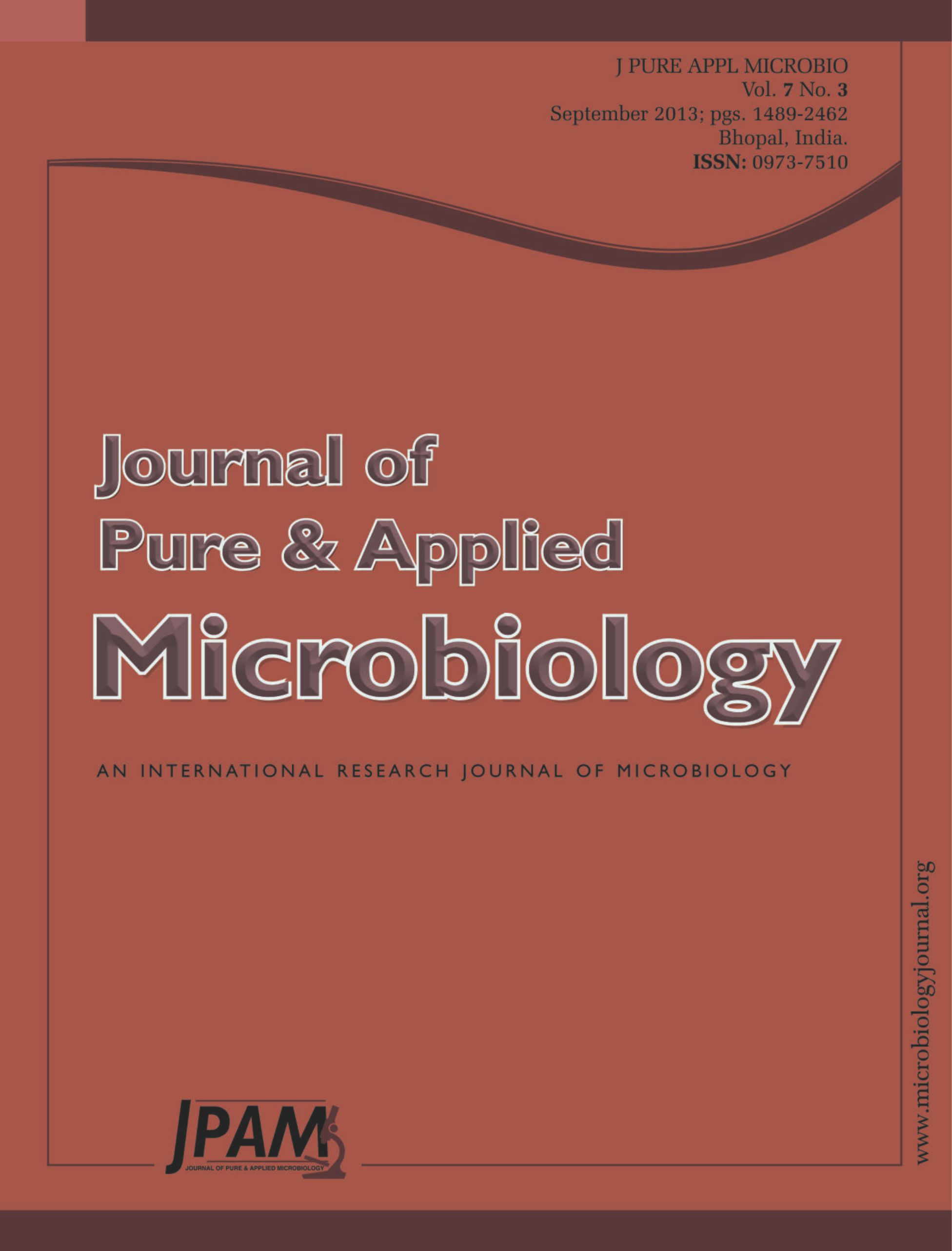The Olive (Olea europaea L) was introduced in Kingdom of Saudi Arabia (KSA) in 1980. The cultivation of olive in KSA increased rapidly because of suitable climatic conditions, increasing demand for olive oil, domestic use in different diets and its importance in the social life and economy of the country. The present status of available literatures on the role of Arbuscular Mycorrhizal Fungi (AMF) and Plant Growth Promoting Rhizobacteria (PGPR) as Microbial Inoculants (MI), on growth improvement of olive plants were surveyed and presented here. It was found from the literatures that MI was used in many different olive growing countries of the World and it improved plant growth both in green house and field conditions. We also highlighted the need of research for olive plantations in KSA in relation to their availability in the soils, inoculum production, growth under green house and field conditions, role on improved water relation, tolerance to salinity and heavy metals, use of green manure and natural fertilizers under organic cultivation etc. Although AMF and PGPR are regarded as important MI, and are commonly associated with many terrestrial plants, but they have been utilized recently for the growth improvement of olive plants throughout the olive growing areas of the world and no research activities was found in KSA until now.
Microbial inoculants (AMF and PGPR) literatures, Olive growth improvement, potential research needed, Saudi Arabia
© The Author(s) 2014. Open Access. This article is distributed under the terms of the Creative Commons Attribution 4.0 International License which permits unrestricted use, sharing, distribution, and reproduction in any medium, provided you give appropriate credit to the original author(s) and the source, provide a link to the Creative Commons license, and indicate if changes were made.


